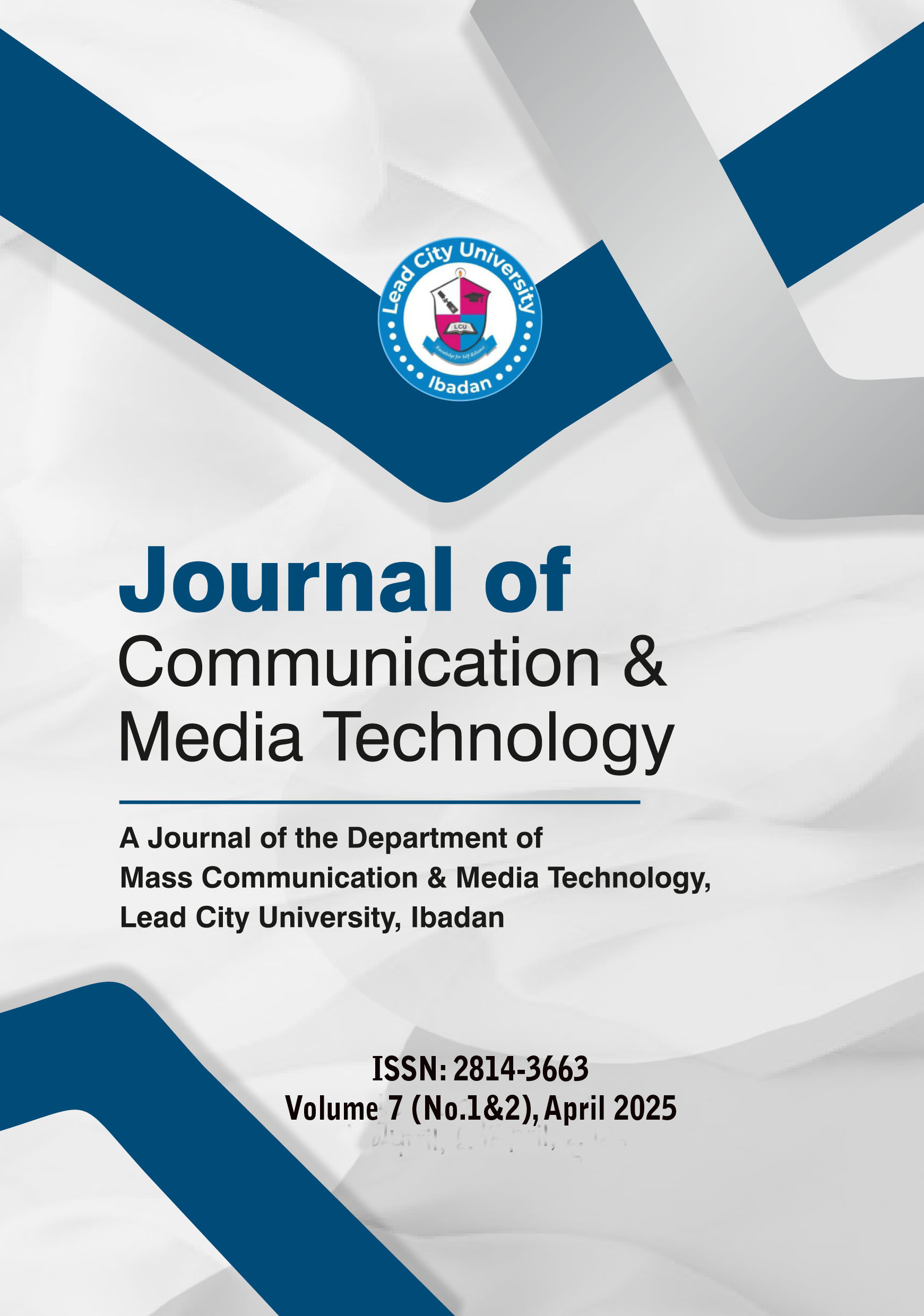Administrative Communication and Employee Engagement
Keywords:
Administrative Communication, Employee Engagement, contemporary organisations and performance measurementAbstract
In contemporary organisations, administrative communication is a
vital component of managerial effectiveness, organisational cohesion,
and employee performance. It encompasses the structured transmission
of information within an organisation, including top-down directives,
bottom-up feedback, and lateral exchanges across departments.
Simultaneously, employee engagement, defined as the psychological
and emotional commitment employees have to their work and
organisation, has gained prominence as a key determinant of
productivity, innovation, and retention. This paper examines the
interplay between administrative communication and employee
engagement, exploring how communication strategies impact
organisational outcomes. Effective administrative communication
promotes transparency, aligns individual and organisational goals, and fosters a culture of trust and collaboration. When employees are wellinformed, encouraged to provide input, and feel that their contributions
are valued, they are more likely to be engaged. Transparent and consistent communication helps reduce ambiguity, while feedback loops and inclusive dialogue enhance a sense of ownership and
participation. The paper also discusses common challenges, such as
information overload, inconsistent messaging, and resistance to
upward feedback, which can hinder employee engagement. Through
case studies of organisations like Google and Zappos, the paper
illustrates best practices in leveraging communication to build an
engaged workforce. Finally, it presents strategic recommendations for
improving communication systems, including leadership visibility,
manager training, and performance measurement. In conclusion,
administrative communication is not merely operational; it is a
strategic function that directly influences employee engagement and,
by extension, organisational success.

